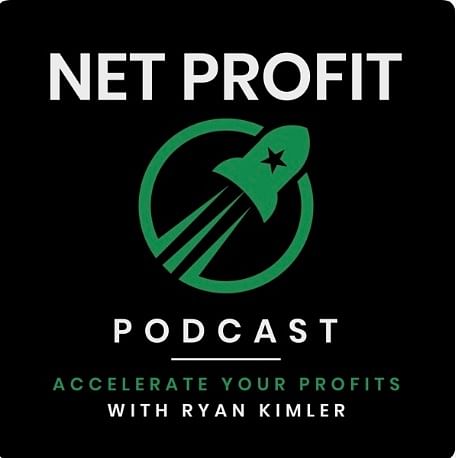Aug 12th, 2024
Understanding Regulatory Enforcement

By: Jennifer Novak
On a recent episode of the Net Profit Podcast, Jennifer explained the hierarchy of environmental regulatory enforcement:
First, it can start with compliance assistance. This is when a business reaches out to the regulatory agency for help in understanding and meeting environmental regulations. The agency may conduct an inspection and offer guidance to ensure compliance. However, the agency does not perceive its role to be one of selecting a method of compliance or giving direction to a business or landowner. To the extent that agency staff provides any help, it will be general guidance. Therefore, don’t assume that if you follow an agency’s advice that you necessarily have a defense to non-compliance. It’s still your responsibility to meet requirements.
Second, if a business fails to comply, it will usually receive a warning or a notice of violation. This is a formal notification from the regulatory agency informing the business of the violations and giving them a chance to correct the issues.
Third, if violations persist, the regulatory agency may escalate enforcement actions. This could include fines or penalties, depending on the severity of the violations and the regulatory framework in place. The regulator may also require the business to take corrective actions to mitigate environmental damage or prevent future violations. This could involve implementing new processes, installing pollution control equipment, or conducting environmental remediation. These will usually be tied to deadlines and a failure to meet those deadlines can lead to more formal enforcement and can be used to impose higher penalties.
Overall, the best way for businesses to avoid enforcement actions is to proactively comply with environmental regulations from the start. This includes staying informed about relevant laws and regulations, conducting regular assessments of environmental compliance, and seeking assistance from regulatory agencies or environmental consultants when needed. By prioritizing environmental compliance, businesses can minimize the risk of enforcement actions and demonstrate their commitment to environmental responsibility.
To hear the entire podcast episode, click here.